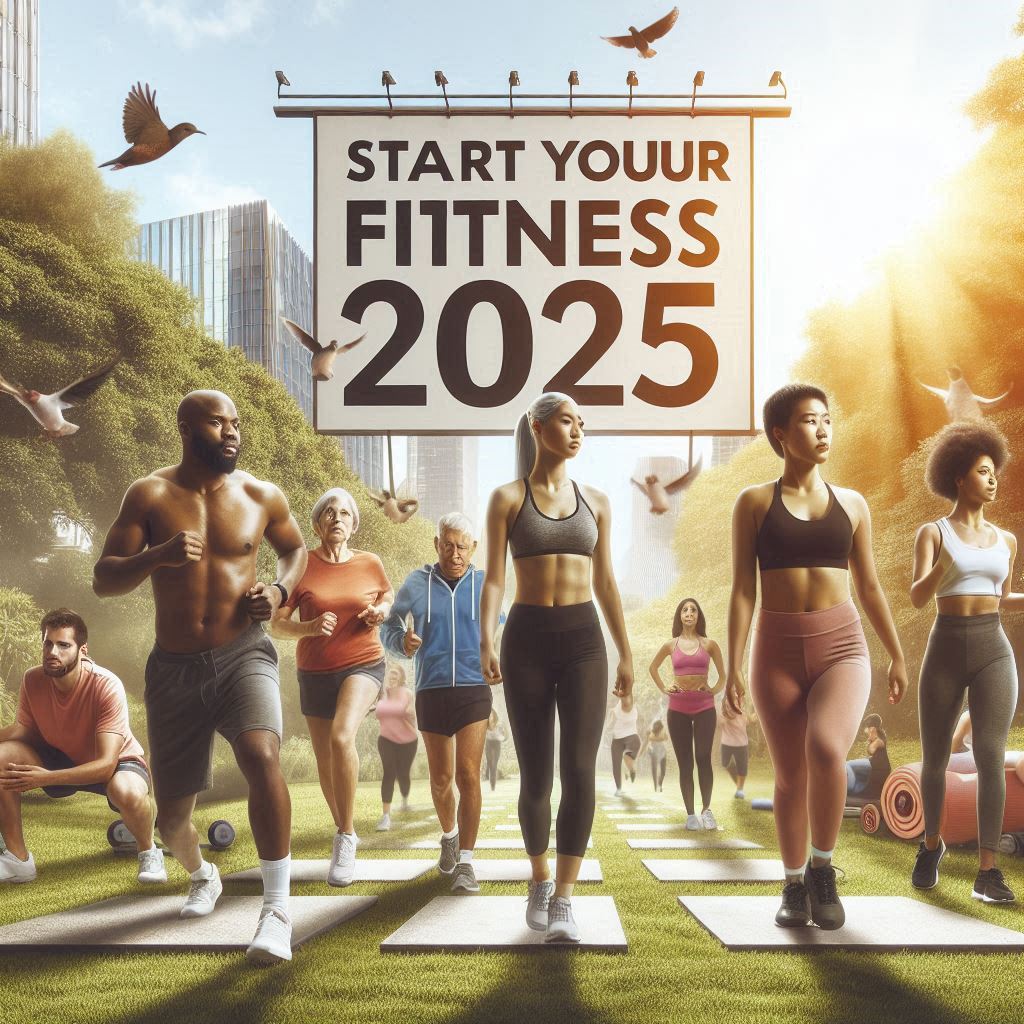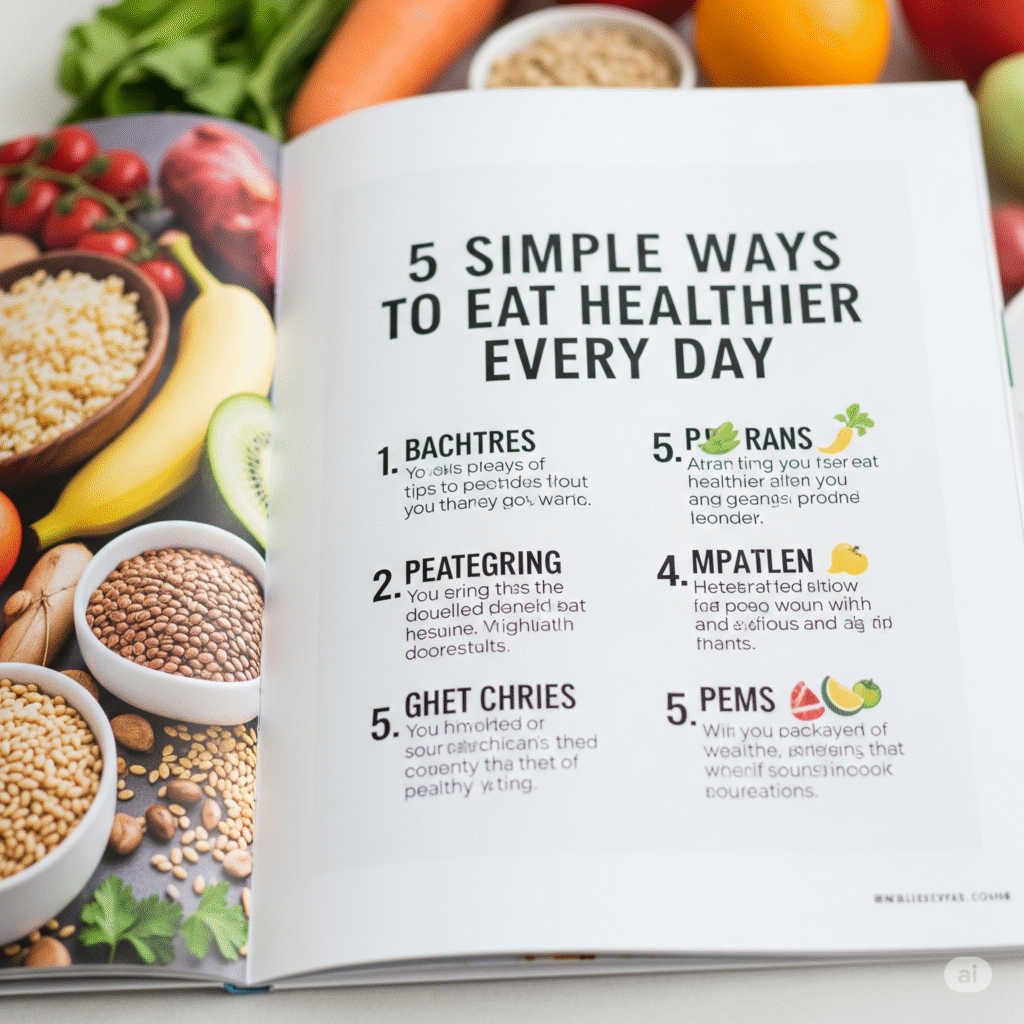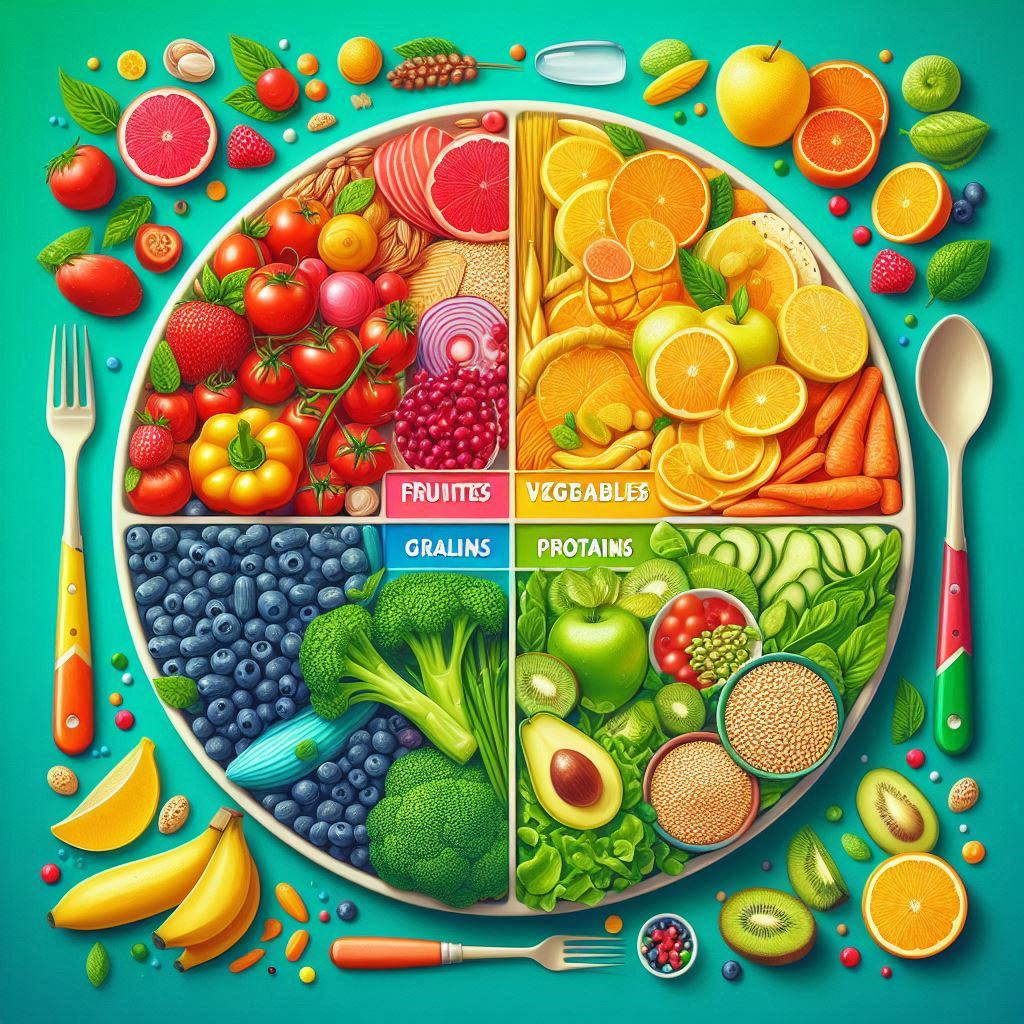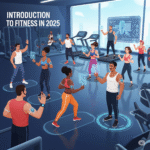If you’re starting fresh—or starting again—here’s a simple framework

✔️ 1. Set a Realistic Goal
Don’t start with “I want six-pack abs.” Instead:
- “I want to walk 30 minutes 5x a week”
- “I want to improve my posture”
- “I want to feel more energized every day”
Use the SMART goal method: Specific, Measurable, Achievable, Relevant, and Time-bound
✔️ 2. Build a Weekly Routine
Here’s a beginner-friendly structure:
- 2–3 days of strength training (30–45 min)
- 2–3 days of Zone 2 cardio (brisk walk, cycling, dance)
- 1 day of flexibility or recovery (yoga, stretching, foam rolling)
✔️ 3. Track Your Progress
Use simple tools:
- A calendar or fitness journal
- A smartwatch or app (Apple Health, Fitbit, WHOOP)
- Take progress photos every 2–4 weeks (not daily)
✔️ 4. Focus on Form First
Bad form leads to injuries. Always:
- Start with a warm-up
- Use mirrors or video to check your form
- Hire a trainer or use an app that gives posture feedback (e.g., Freeletics or Fitbod)
🧘 Recovery & Mobility Are Prioritized
Recovery isn’t optional anymore—it’s the secret weapon. In 2025, more people are learning that rest is where the growth happens.
Make time for:
- Foam rolling
- Mobility drills
- Stretching after workouts
- 7–8 hours of sleep per night
- Active recovery days (light walking or swimming)
Recovery tools like massage guns, infrared saunas, and mobility apps (like ROMWOD or StretchIt) are booming in popularity.
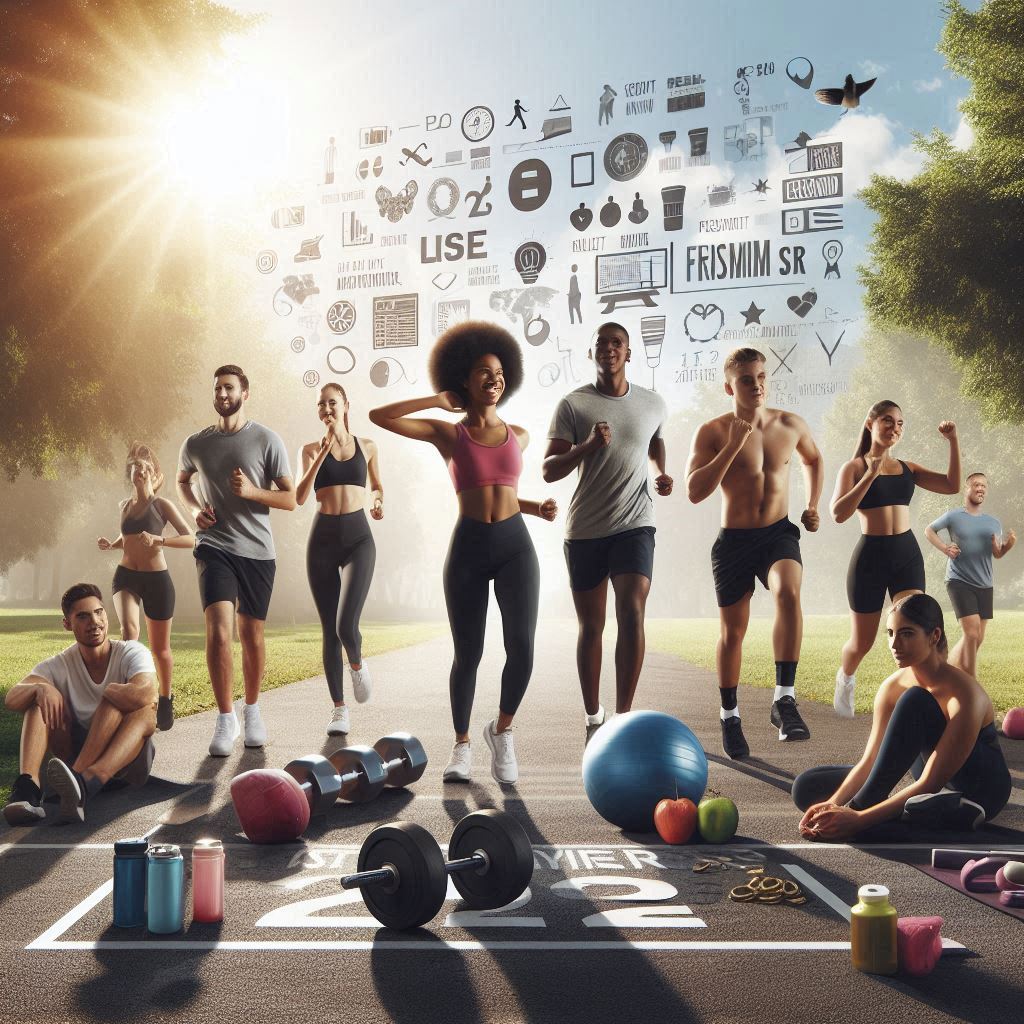
5 Simple Ways to Eat Healthier Every Day
✅ Introduction:…
How to Build a Balanced Meal
🍽️ Introduction:…
The Best Foods for Energy and Focus
⚡ Introduction:…

